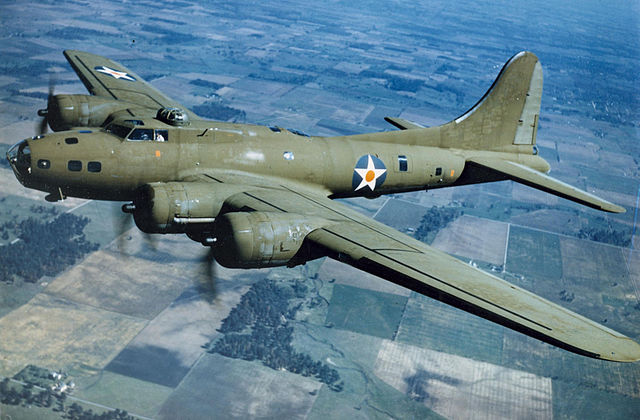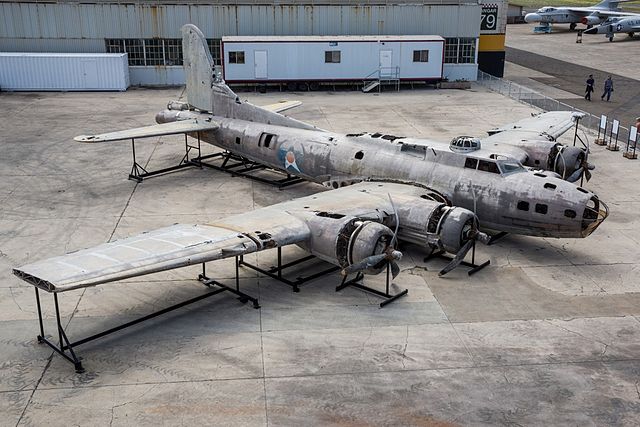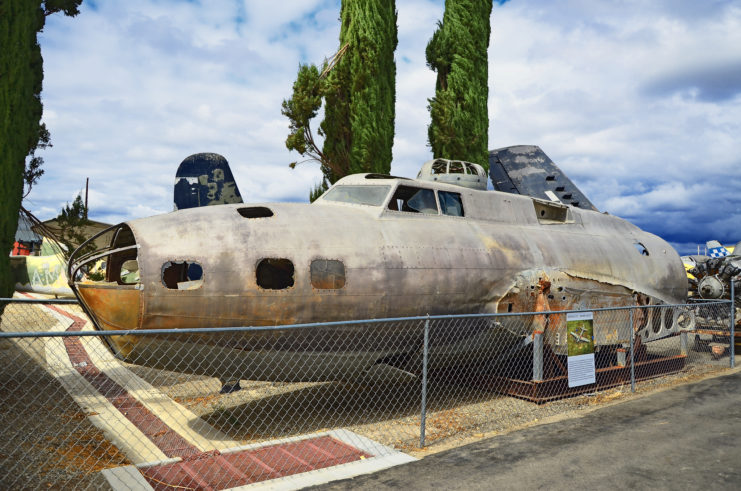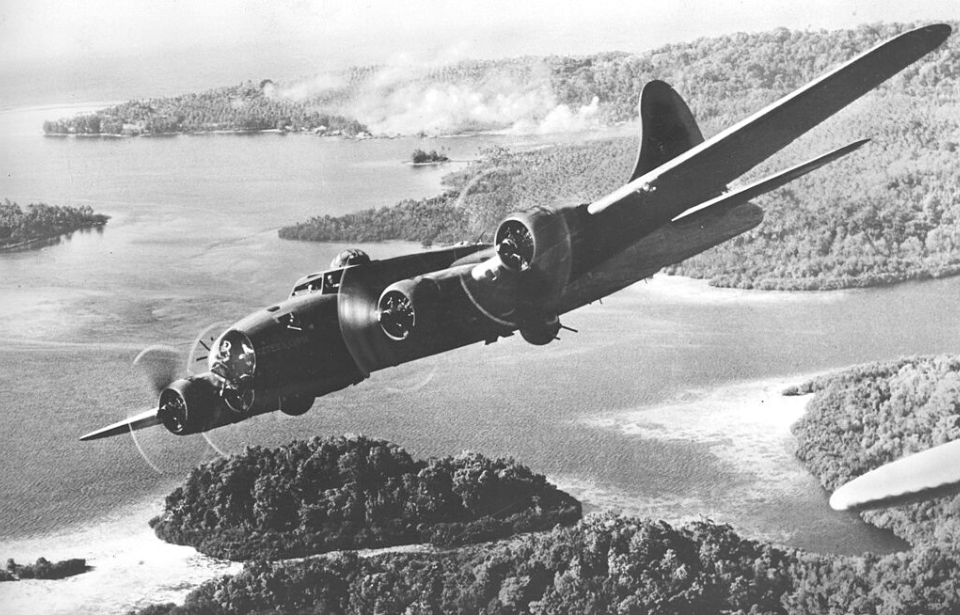In 1972, as they flew over the swamps of Papua New Guinea, Royal Australian Air Force (RAAF) airmen spotted an unusual structure below. Its size and shape stood out against the landscape, sparking their curiosity to investigate.
After skillfully navigating the treacherous swampy terrain, they arrived at the mysterious site: a downed plane that locals called the “Swamp Ghost.” To their amazement, it was a Boeing B-17E Flying Fortress, an American relic from the past, seemingly abandoned and forgotten. But the biggest surprise awaited them inside the deserted aircraft.
The crew survived a death-defying crash

On February 23, 1942, just months after the Japanese attack on Pearl Harbor, Capt. Frederick C. Eaton Jr. piloted a B-17E Flying Fortress over Rabaul, Papua New Guinea, which had recently fallen to the Japanese forces. During the flight, the bomber was hit, damaging a wing and causing a critical fuel leak. This made it impossible for the crew to return to their base in Port Moresby.
Faced with no other options, Eaton attempted an emergency landing in what he believed was a wheat field. The crew survived the crash, but they quickly realized they’d landed in a swamp teeming with crocodiles. Despite the treacherous conditions, they managed to escape the swamp and were rescued by local villagers, who treated them for malaria. After recovering, the crew went on to serve for the remainder of World War II.
The legend of the “Swamp Ghost”

After the crash, neither the B-17E crew nor the U.S. Air Force made any attempts to recover the heavy bomber. It remained undisturbed in the swamp, where local villagers would occasionally visit. Before long, the site developed a sacred aura, as eerie events began to follow those who ventured too close to the wreckage.
According to local legend, some who approached the plane never returned, while others came back afflicted with malaria and cognitive issues. This led the villagers to avoid the area, regarding it as a sacred place to shield themselves from the strange occurrences.
After the war, Papua New Guinea drew relic hunters searching for downed planes, abandoned weaponry, old infrastructure, and other remnants swallowed by the jungle. The “Swamp Ghost” quickly became one of the most sought-after sites.
Salvagers spotted the B-17E Flying Fortress in the jungle

When the Australian airmen spotted the B-17E in 1972, they were astonished by their discovery. The wreck was in remarkable condition, with thermoses filled with coffee poured by the original crew still intact!
In the 1980s, following news of the find, renowned aircraft salvager Fred Hagan and his partner, David Tallichet, embarked on a mission to locate and salvage the wreck. They were astonished to see that the “Swamp Ghost” remained in such excellent shape. Although most of the weapons and mechanics had been taken by locals, the interior was still impressive.
Hagan and Tallichet initiated the reconstruction of the heavy bomber to ensure it was strong enough for transport. However, setbacks delayed their efforts for several years. Ultimately, in 2006, the salvage mission was completed, except for one last hurdle: locals were resistant to its removal. After a ceremony to honor the spirits of the swamp, the aircraft was finally allowed to depart its resting place for the first time in 65 years.
Where is the “Swamp Ghost” now?
More from us: The Douglas SBD Dauntless Changed the Course of the Second World War In a Single Day
Want War History Online‘s content sent directly to your inbox? Sign up for our newsletter here!
Once it was fully restored, the “Swamp Ghost” was put on display at a ceremony in Long Beach, California that was attended by many family members of the original crew. It has since been permanently moved to the Pearl Harbor Aviation Museum in Hawaii, where it’s undergoing restoration.
